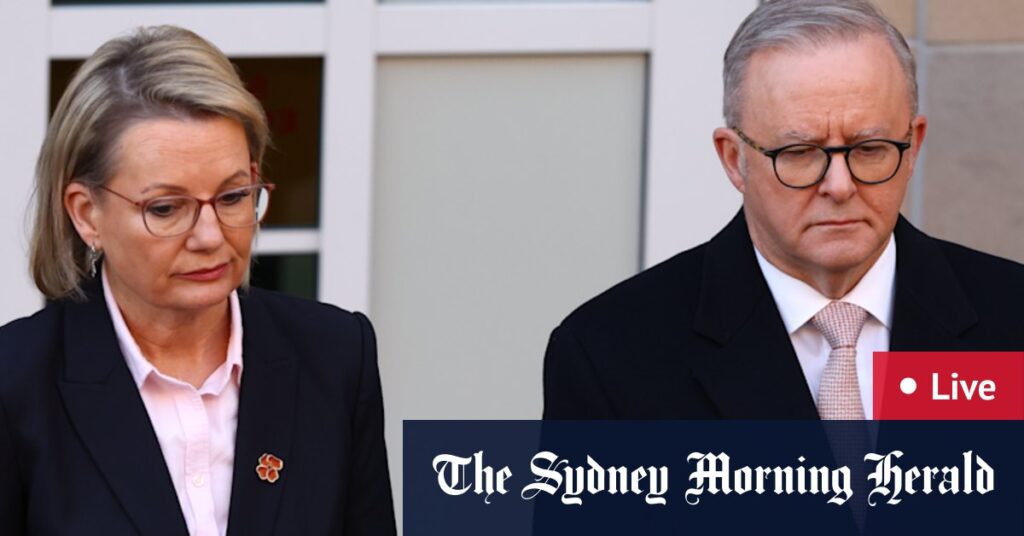Doubts over ongoing strength in the jobs market and how quickly inflation is falling led to the split among members of the Reserve Bank monetary policy committee meeting that left interest rates on hold.
Minutes released this morning of the early July meeting, at which the cash rate was held at 3.85 per cent on a 6-3 vote, show that even though all nine members believed interest rates would eventually fall, debate splintered over how quickly they needed to drop.
“All members agreed that, based on the information currently available, the outlook was for underlying inflation to decline further in year-ended terms, warranting some additional reduction in interest rates over time,” the minutes showed.
“The focus at this meeting was on the appropriate timing and extent of further easing, against the backdrop of heightened uncertainty.”
For those supporting a hold, the focus on was jobs growth including signs – up to May – that unemployment had been steady, with the overall jobs market considered tight.
This was also connected to ongoing weakness in productivity growth which the bank considers to be a structural issue exacerbated a drop-off in productivity in the mining sector and the expansion of non-market parts of the economy such as health and aged care, the minutes show.
The meeting held interest rates steady despite the monthly measures of headline and underlying inflation continuing to fall.
The minutes show doubt over these figures, with concern they were “likely to have overstated the easing” in price pressures.
But those arguing for a rate cut argued there was “already sufficient evidence to be confident that inflation was on track” to remain around the RBA’s 2 to 3 per cent inflation target, “if not lower”.
There was also concern about the broad economic impact of Donald Trump’s tariff agenda which was likely to drag on the Australian economy and inflation.
The meeting was held before last week’s June job figures which showed unemployment lifting to its highest level since the depths of the COVID-19 pandemic. Quarterly inflation data is due to be released next week.
Read the full article here


